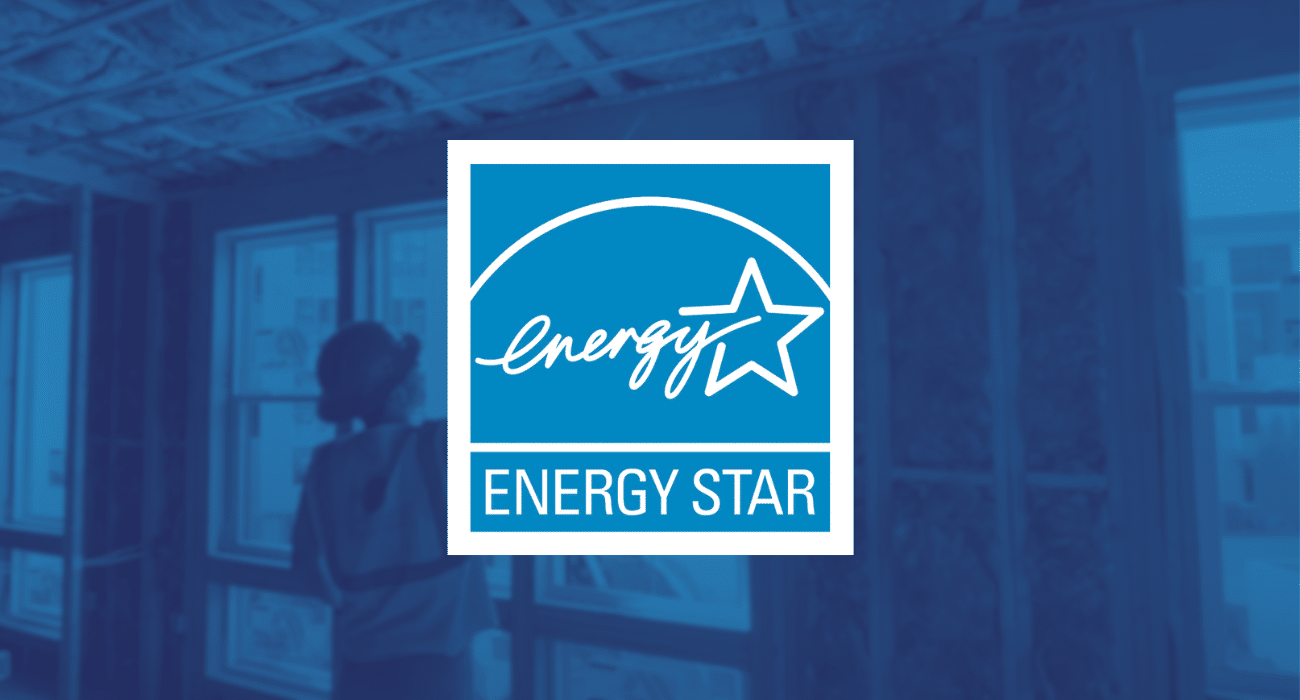Possible Changes or Privatization of the Energy Efficiency System
The federal Energy Star program, launched in 1992 and jointly managed by the Environmental Protection Agency (EPA) and the Department of Energy, is facing an uncertain future. Known for its blue label found on high-performance, energy-efficient appliances and equipment, it has been used to identify products meeting efficiency standards, aiming to reduce energy use and costs.
Proposals for Elimination or Privatization
Within the U.S. Congress, lawmakers are debating whether to maintain funding for the program or pursue proposals to eliminate it or transfer it to the private sector. The current presidential budget removes all Energy Star funding, although the Senate Appropriations Committee has voted to restore $36 million for the initiative. The final decision now rests with the rest of Congress.
Supporters of privatization believe that efficiency information could be provided by private companies, potentially through participation fees. Critics of this approach warn that such a shift could limit access for small manufacturers and community-based organizations that currently rely on the program.
Impact Across Multiple Sectors
Beyond its role for household consumers, Energy Star manages tools like Portfolio Manager, which helps building owners track energy and water use, assisting them in meeting local sustainability regulations. Real estate industry stakeholders have expressed concern that eliminating the program could disrupt access to essential data for resource management.
The discussion over Energy Star’s future continues as organizations, businesses, and lawmakers present arguments both for and against keeping it under public administration or moving it toward a private model. The final decision will determine the path forward for one of the most recognized energy efficiency initiatives in the United States.



